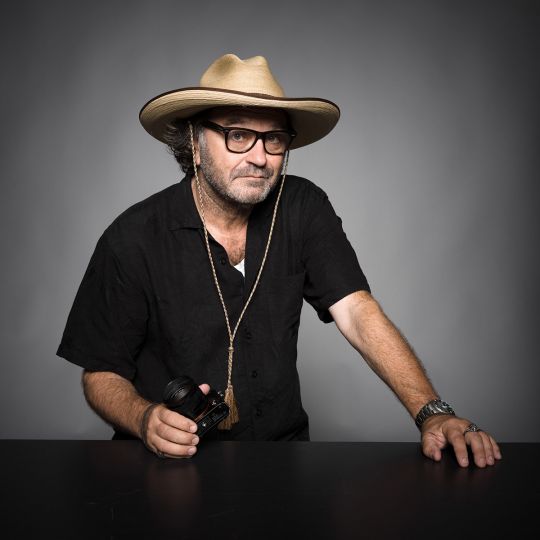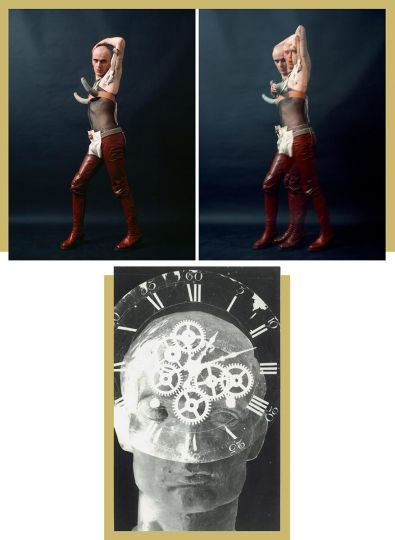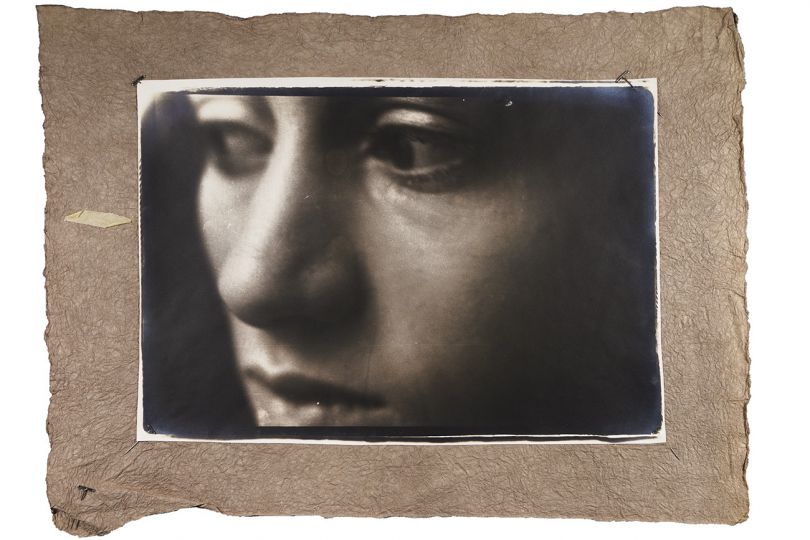This is the twenty-fifth dialogue from the Ettore Molinario Collection, an ancient dialogue, seventeenth-century like the still-life that inspire it. David Bailey and Patrick Tosani discuss the vanitas, even of images and its mechanism. Very distant authors, yet both could agree on that strange resemblance between the guillotine and the camera. The time to let go of the rope and press a button and our head, rolling, opens our eyes to other realities.
Ettore Molinario
In 1649 Oliver Cromwell, as a good parliamentarian, had condemned King Charles I to death by beheading, then abolished the monarchy and established the republic, the Commonwealth of England. As evidenced by the recent coronation of Charles III, Cromwell’s experiment was unsuccessful, to the point that his proponent was in turn sentenced to the gallows. A bizarre condemnation indeed, having the body of Cromwell, who died of malaria in 1658, subjected to the ritual of posthumous execution on January 30th, 1661. Beheaded, the body was thrown into a common grave and the head was stuck on a pole and displayed in front of Westminster Abbey, where in April of the same year Charles II had been proclaimed king. One hundred and fifty years later in London, the skull of Oliver Cromwell, a very precious trophy, reappeared at the house of Josiah Wilkinson, a surgeon, who used to have breakfast together with the head of the ancient revolutionary and in a mixture of horror and wonder the privilege was also extended to his most intimate guests. It was a decidedly cumbersome presence that memento mori, or even political vanitas, so much so that in 1960 Canon Horace Wilkinson, descendant of Josiah, finally gave the relic a dignified and eternal resting-place under the floor of the antechapel of Sidney Sussex College, in Cambridge. In the story of crossed destinies, again in 1960, twenty-two-year-old David Bailey entered John Cole’s photographic studio and shortly thereafter signed his first contract with British Vogue. Swinging London could not find a better interpreter. In his own way, another version of the libertarian Cromwell.
Naturally, we do not know who the skull belongs to, nor whether it is a man or a woman, that Catherine Dyer, model and fourth wife of the photographer, and the actress Angie Hill passionately embrace in their kiss. But we know that in this curious ménage à trois between the living and the dead, the head separated from the body, fascinating and horrible at the same time, overturns our categories of reference because, as Frances Larson explains in her admirable volume Severed, A History of Heads Lost and Heads Found, «the skull is simultaneously a person and a thing, conditions which together confirm and deny each other». In short, that skull, so lovingly pressed to the breast, declares that there is no antithesis between us and the objects, and above all it reminds us, the origin of every still life and human despair, that inside us there is another skull.
Patrick Tosani, architect and artist, tells a similar story; he made a head, that is at the same time living flesh and pure fiction, out of a pair of trousers soaked in glue, pressed and turned upside down. Even Tosani’s « head » is a person and an object, it is a biological command center, seat of four of our five senses, and simultaneously a death mask. And like the empty sockets of a skull, these strange openings, into which we usually insert a part of our body, connect life and death, and invite us to look at the world from the other world. Indifferent and enigmatic, Tosani’s red skull is happy to spell out his sinister motto: « As you are today, so I was, and as I am today, so you will be ». May God save the king and, democratically, all of us too.
Ettore Molinario
www.collezionemolinario.com
















